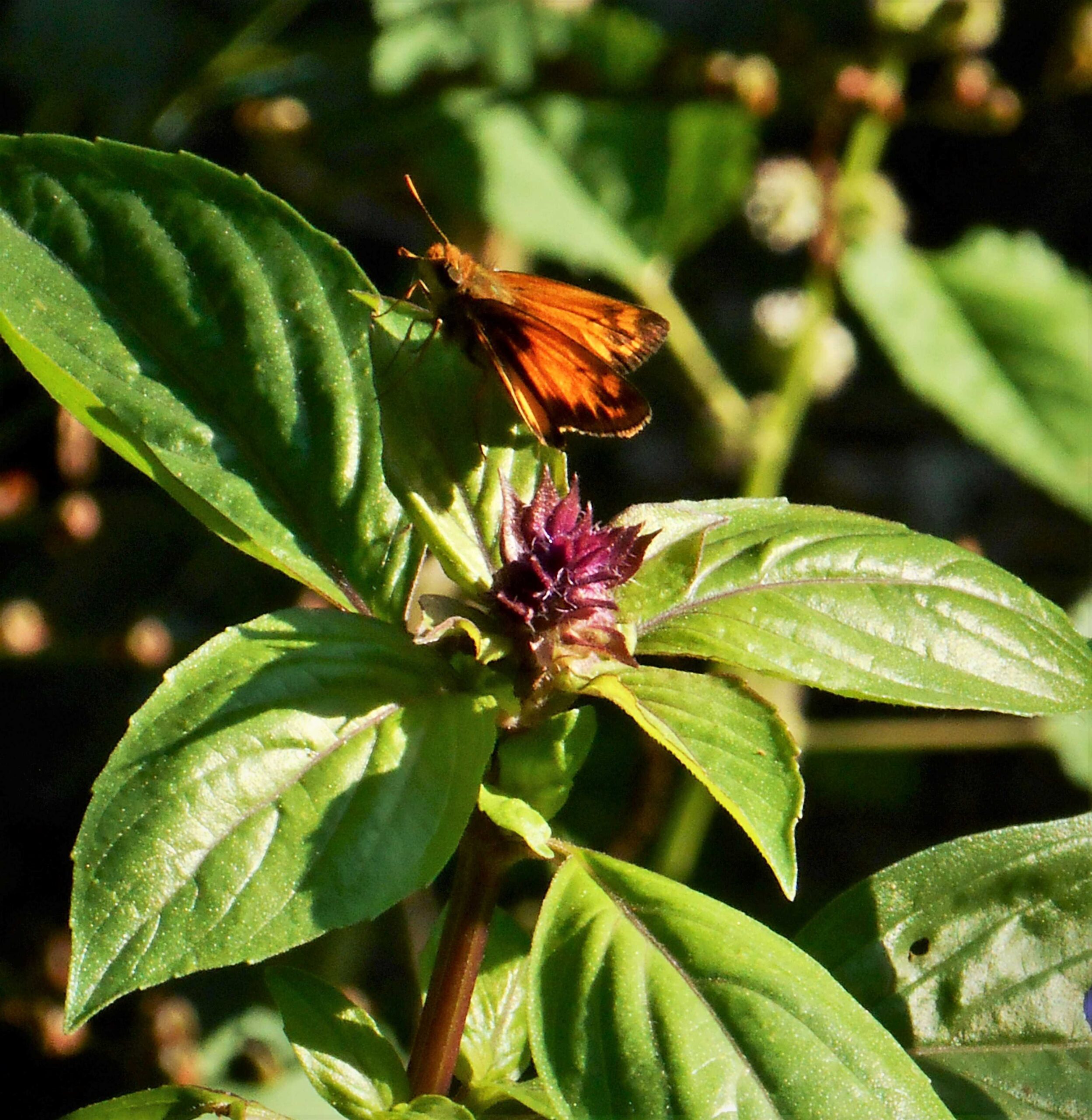Evergreen Camellias for Winter Flowers
The first Camellia shrub usually chooses a stretch of damp, cool October days to burst into bloom. I am always taken by surprise when its luminous white, spring-like blossoms unfold, because they look rather out of place beside the colorful leaves falling from nearby trees. Bright flowers in shades of white, pink, and red open on our evergreen Camellia shrubs each October and November while the rest of the garden fades, and as we begin preparing for winter’s...










